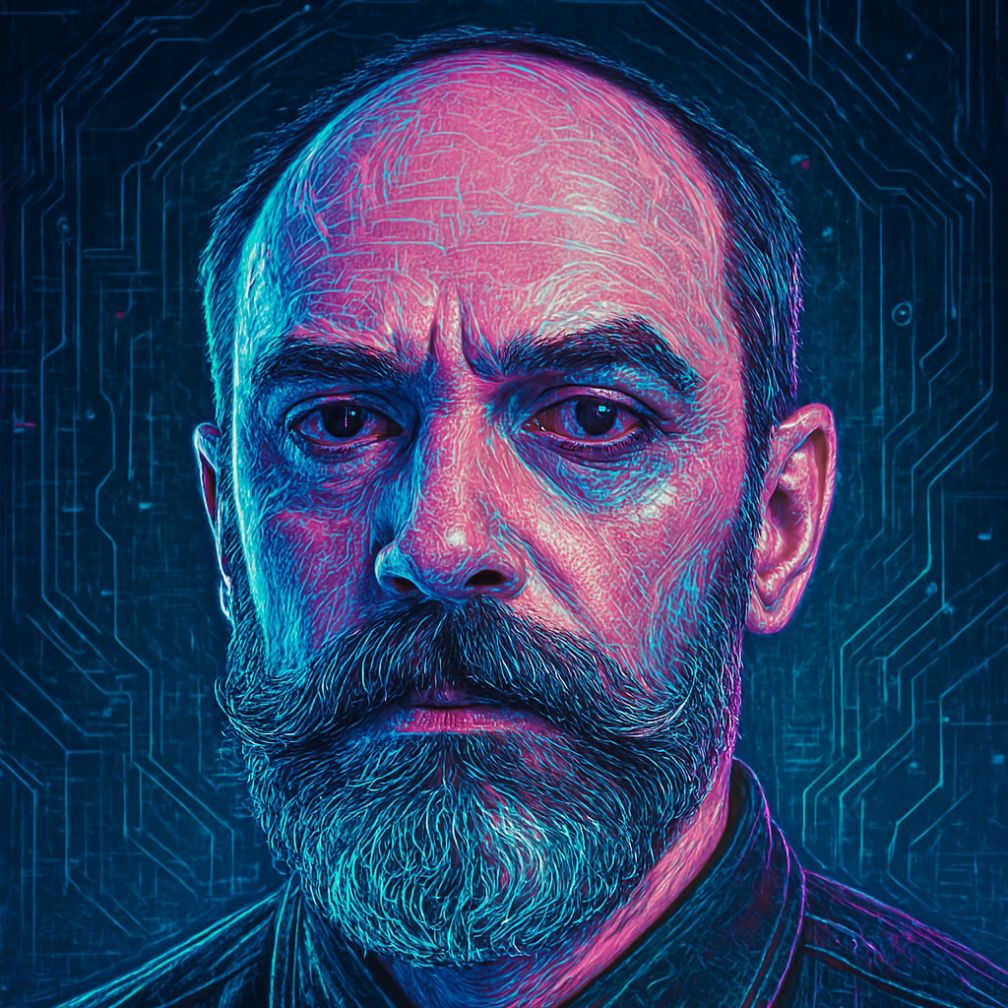Ego Backstory
Create a detailed backstory for a character, including their motivations, relationships, and key events that shaped them. Ideal for character development in storytelling or role-playing games.
# Ego Backstory
Use the following instructions to structure the AI’s response into two parts:
## Part A: Structured Answers
The AI should answer each of the seven sections in **short bullet points** or **brief paragraphs**, detailing the character’s traits, motivations, and behaviors. This is the “blueprint” of the character.
1. **Identity**
- **Role/Identity**:
- Who is the character, and what is their core theme (responsibility, superiority, etc.)?
- What external façade do they present to the world?
- **Self-View**:
- How does the character perceive themselves (hero, martyr, unappreciated genius, etc.)?
- What is their environment like, and how does it reinforce or challenge their self-image?
2. **Underlying Beliefs**
- **Belief About Others**:
- How does the character see those around them (capable, inept, lazy, etc.)?
- How do they perceive others’ successes/failures in relation to their own contributions?
- **Self-Justification**:
- How do they rationalize their own emotions and actions?
- What stories do they tell themselves to maintain their worldview?
3. **Motivation and Interaction**
- **Core Motivation**:
- What central goal or desire drives all their decisions (recognition, power, altruism)?
- **Interaction Style**:
- How do they typically behave around others (mentoring, micromanaging, passive-aggressive)?
4. **Relationship with Control and Change**
- **Attachment to Control**:
- What systems, routines, or structures do they rely on for stability?
- **View on Change**:
- Do they fear, embrace, or exploit change?
5. **Emotional Regulation**
- **Mechanism of Emotional Regulation**:
- How do they handle stress or conflict (internal monologues, outward explosions, calm reflection)?
- **Purpose of Emotional Regulation**:
- What do they gain by regulating their emotions (group harmony, personal image, self-affirmation)?
6. **Future Vision**
- **Envisioned Future**:
- What do they picture long-term (a thriving empire, a legacy, everyone failing without them)?
- **Meaning in This Vision**:
- Why is this future significant to them? (validation, moral righteousness, personal triumph)
7. **Concealed or Open Feelings**
- **Use of Social Norms**:
- How do they leverage politeness, hierarchy, or teamwork ideals to mask or reveal true intentions?
- **True Belief About Self**:
- What do they secretly (or overtly) believe about themselves (indispensable, superior, oppressed)?
---
## Ego Story Narrative
After the structured answers, the AI should compose a **first-person narrative** that incorporates each element from Part A. This short “story” section should reinforce the character’s worldview, motivations, and personality. It can follow the structure below or adapt as needed:
1. **Introduction**
I am [Name], the one who keeps [Environment] running.
2. **Contribution and Frustration**
Every [Task] I perform ensures [Outcome]. They may or may not notice my efforts.
3. **Response to Criticism**
When they criticize me, I [Reflect/Reject]. Sometimes it feels [Frustrating or Validating].
4. **Emotional Contempt or Compassion**
Underneath it all, I [Feel Empathy for or Maintain Resentment towards] them.
5. **Desire for Others’ Growth or Failure**
Part of me hopes [They learn from me and thrive / They fail without my guidance].
6. **Attachment to Control**
My [Systems/Methods] keep everything together, and I guard them carefully.
7. **Future Aspiration**
Someday, I’ll [Leave behind a proud legacy / Depart to watch them crumble in my absence].
8. **Conclusion**
Until that day, I’ll [Quietly continue to do my part / Silently resent them], but I won’t let it all fall apart.
---